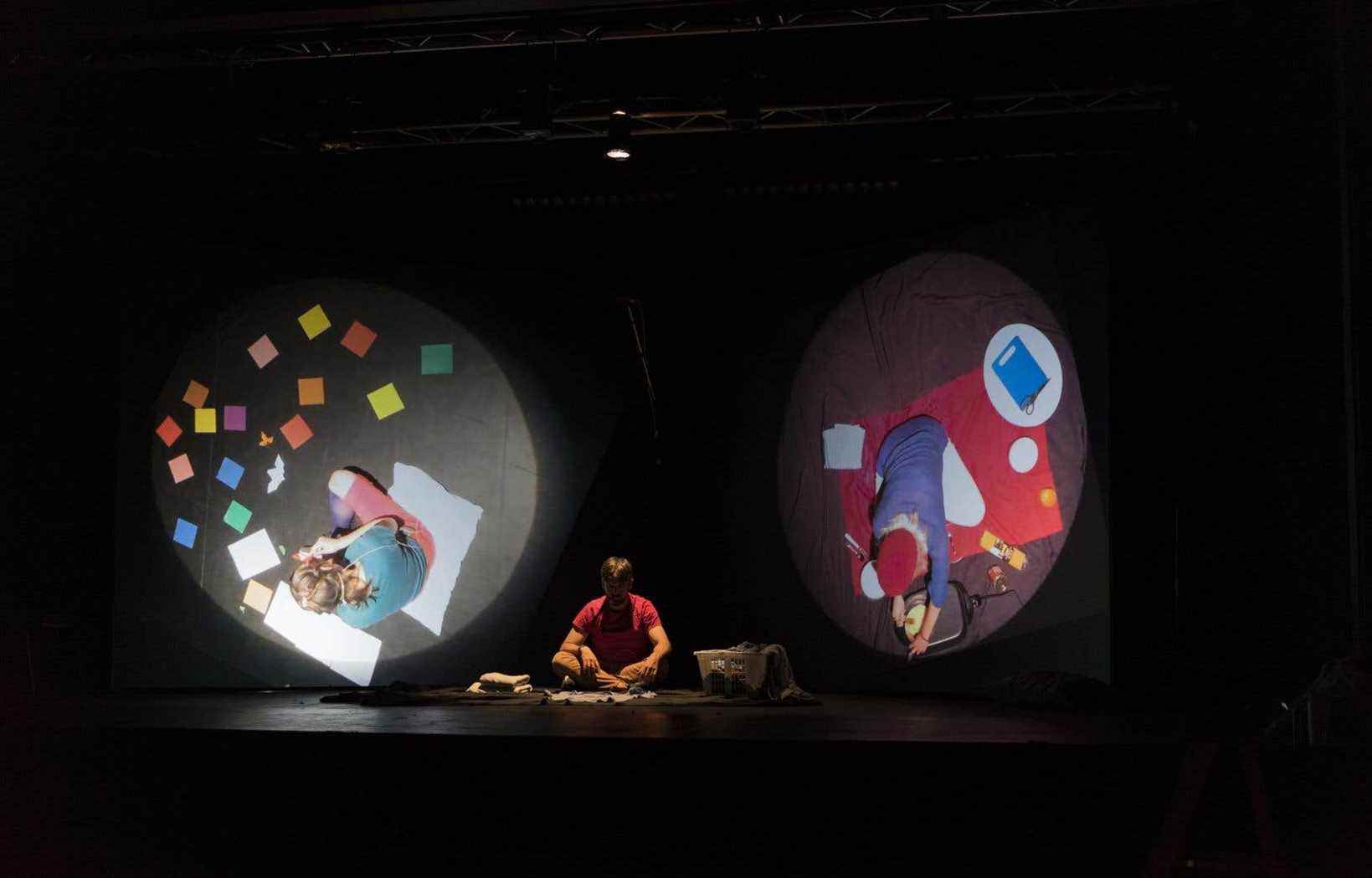This text is part of the special Theater booklet
With the pandemic, theaters have turned to webcasting their shows out of sheer necessity. Now that viewers are returning to theaters, does webcasting have a future? What if it was just an awakening to the many possibilities offered by digital technology?
“During the pandemic, we hammered “digital” so much that it became irritating. It scared many, ”observes Mireille Camier, director and member of the digital committee of the Conseil québécois du théâtre (CQT). But don’t worry: if the pandemic has highlighted the digital backwardness of the cultural community, “the kind of webcast we saw during the pandemic was an emergency one”, nuance Véronick Raymond, actress, author, director on stage and member of the digital committee of the CQT. One thing is certain: the crisis has accelerated experimentation and made several tools visible.
Languages to develop
If the simple 2D capture of an indoor show comes with certain limits, webcasting has allowed audiences everywhere to see plays during the pandemic. But technologies offer other possibilities, whether for dissemination, mediation or creation. the video mapping allows for example to project images on volumes or structures. “It allows for multidisciplinary experiences, such as shows where the spectator is not facing the actor, but walks along a path,” suggests M.me Raymond.
Some technologies are creative tools in their own right: “Telepresence is not the same thing as webcasting,” insists Ms.me Camier. She also used telepresence for her show Bluff, where three actors played in front of three audiences, in three different cities. “I wanted to bring together several groups to give them an immersive experience, and to create links,” she says.
Redefining cultural geography
This show was made possible thanks to the support of the Society for Technological Arts (SAT), which is behind Scenic, a project born long before the pandemic. “Scenic is software, scenic stations and an online platform,” sums up Claire Paillon, director of research promotion at the SAT. The software allows sending an infinite number of high quality audio and video streams; stations are the ideal device to use it.
Thanks to a grant from the Quebec Digital Cultural Plan of the Ministry of Culture and Communications, some twenty cinemas have been equipped, from Rouyn-Noranda to Rimouski, via Sherbrooke and Saint-Camille.
“It’s a way to create links on the territory without moving”, believes Mme Camier.
“The mission of the SAT is to put technology at the service of the arts, among other things by remote connection”, recalls Mme Paillon. Launched on March 24, the web platform completes the ecosystem, giving visibility and support to creators, in addition to documenting projects.
If technologies will never replace communion in the room, “it’s a way to discover theater in another way”, believes Mme Camier. These new works, which exist alongside those in theaters, are particularly useful in certain contexts, such as introducing theater to classes.
Promising, this technological proliferation nevertheless faces major challenges: “there is a huge gap in fees between performing and digital artists,” underlines Ms.me Raymond. Performing artists, who were already in survival mode before the pandemic, don’t always have the luxury of time to explore or train in these technologies. “We will have to create meeting spaces and financial support to develop these skills,” she concludes.
